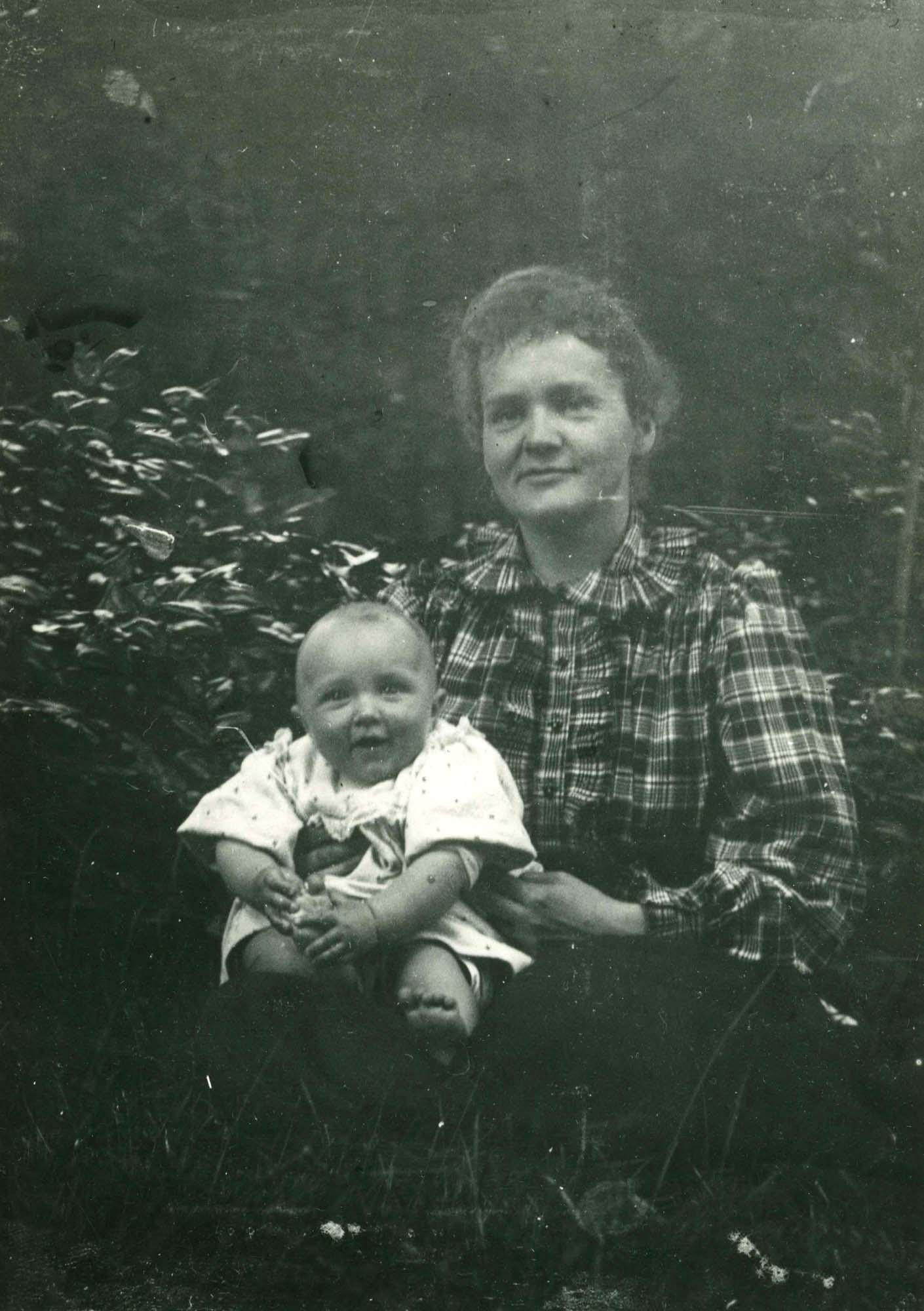
The eldest child of Marie and Pierre Curie was born a few months before her parents began the research for which they would become famous. She would later become a leading scientist in her own right. She continued her parents’ work on radioactivity and directed the Curie Laboratory at the Radium Institute for 10 years, from 1946 until her death in 1956. Her best-known work, carried out with her husband and fellow scientist Frédéric Joliot in 1934, led to their discovery of artificial radioactivity, for which they received the 1935 Nobel Prize in Chemistry.

Irène Curie was also active in a number of causes. In November 1914, at only 17 years of age, she contributed to the war effort by traveling to the front with her mother to help take X-rays of the wounded. Later, she would become an activist in feminist, antifascist and pacifist movements. She also worked to promote institutional recognition of scientific research. In particular, she served as the first undersecretary for scientific research in 1936 under the government of Léon Blum in France.
Her tenure in this government position lasted only three months, as she had intended, since she wanted to continue devoting most of her time to research. But her time as undersecretary was not merely symbolic – she initiated efforts on major measures which were then taken over by her successor, Jean Perrin. These included increases to government funding of research and the creation of the French National Center for Scientific Research.
















